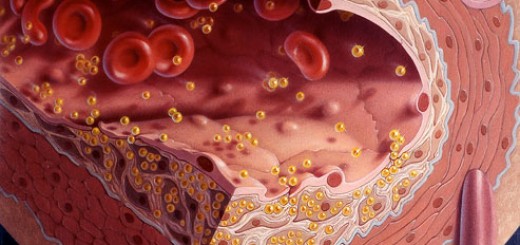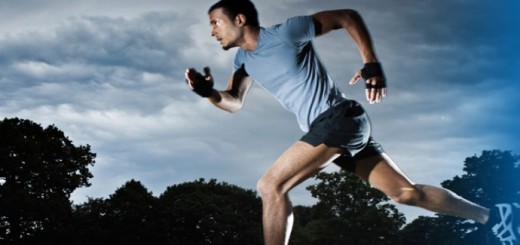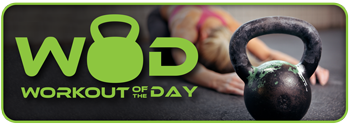Static Stretching…going the way of the Dodo
The more we learn about the science of sport, the more I hate the static stretch.
William Shakespeare spin-off quotations aside, static stretching (SS) of your muscles is the topic. It has been around for a long, L-O-N-G time.
- Bend forward, grab your toes, hold it, get those hamstrings.
- Lying on the ground, hug your flexed leg to stretch the glutes and low back.
- Assume the “hurdler’s stretch” position to get your hamstrings and groin.
- Stand on a 45 degree surface to stretch the calves.
- Hang from an overhead bar to stretch your shoulders.
These are just a few examples of how we have statically-stretched the muscles over the years.
 The practice of engaging in static muscle stretching for the purpose of increasing the range of motion (ROM) to enhance athletic performance and minimize the risk of injury has been a long-held tradition. Various stretches at each joint of the body are normally performed pre-practices, skill training sessions, and athletic contests. The process is usually done in some logical order (from head to toe or from standing stretches to on-the-ground stretches). Stretch, hold, relax, and repeat.
The practice of engaging in static muscle stretching for the purpose of increasing the range of motion (ROM) to enhance athletic performance and minimize the risk of injury has been a long-held tradition. Various stretches at each joint of the body are normally performed pre-practices, skill training sessions, and athletic contests. The process is usually done in some logical order (from head to toe or from standing stretches to on-the-ground stretches). Stretch, hold, relax, and repeat.
However, what if it was determined that all these years of SS had a negative impact on performance? Let’s take a look at this issue.
A study by Simic, et al. conducted a meta-analysis to quantitatively combine the results of previous individual static stretch-related articles and estimate the short-term effects on muscle strength (peak force, torque or 1-repetition maximum either isokinetic or isometric), power, and explosive muscular performance (rate of force development, and jump, sprint and throwing performances). The researchers took it one step further to determine if these short-term effects were specific to:
- The subject’s age, gender, and training status (athlete vs. non-athlete).
- The performance tests utilized.
- The total time of the applied SS.
A literature search was conducted for this study across multiple online databases focused on published journal articles that reported on healthy human subjects, SS effects on muscular power, strength and explosiveness, SS lasting less than 30minutes, and were written in English.
The authors found 104 articles from which they were able to extract data and statistically standardize the data based on the aforementioned criteria. Here are their findings:
- Short-term bouts of SS resulted in significant decreases in muscular strength (-5.4%) and explosive muscular performance (-2.0%).
- The decrease in muscle power (-1.9%) was not considered statistically significant.
- Regarding muscle strength, there was a significant difference when comparing the strength reduction of the isometric and isokinetic tasks, with isometric tests experiencing a greater decrease in strength than isokinetic tests (-6.5% vs. -3.9%).
- The decrease in muscle strength and explosive muscular performance was related to the subjects’ age, gender, and training status.
- Although the decrease in muscle power didn’t reach significance, the authors believe this is a topic for future research based upon the limited amount of data available.
- The authors also noticed a significant decline in the negative effects on explosive muscular performance as the duration of SS remains less than 45 seconds.
Is there still a place for SS in pre-activity warm-up based upon these results?
One significant point is the time the SS was held. Simic, et. al. were able to find a lessened negative effect when stretches were held under 45 seconds per muscle group.In reality, most SS protocols involve a much shorter stretch time period, often times to a 10-count (approximately 10 seconds). Thus, to what extent is there a negative effect on performance?
 With the reductions in muscular strength, power and explosive muscle performance the researchers noted the results can be applied to both young and old populations, males and females, as well as athletes versus non-athletes. If their analysis is accurate, then these findings can plausibly be applied to all active individuals.
With the reductions in muscular strength, power and explosive muscle performance the researchers noted the results can be applied to both young and old populations, males and females, as well as athletes versus non-athletes. If their analysis is accurate, then these findings can plausibly be applied to all active individuals.
Additionally, their findings strongly suggest that the use of SS as the sole activity during a warm-up routine should generally be avoided.Again, realistically, most organized warm-up periods that athletes engage in include other dynamic stretching and movement activities and not overly-lengthy SS exclusively. There is a mixture of both static and dynamic events prior to the activity.
Should we now begin to think about restructuring not only warm-up sessions, but also cool-down components, as well? Removing the SS portion of the warm-up can conceivably reduce or eliminate the negative effects SS will supposedly have on the performance elements, while focusing on SS during the post-event cool-down may allow an athlete to address ROM and prevent injury before going into the next session.
In conclusion, why all the fuss over the supposed ills of static stretching? If done correctly, it is safe, normally time-efficient, and can be a part of a comprehensive warm-up and cool-down program. Name me someone who only performs 45+ second static holds while eschewing any dynamic activity pre-event? No one! When world records and other outstanding athletic feats occurred in the past, I am sure those performers not only static-stretched, but also used dynamic drills and stretches as a part of their warm up routine.
Static stretches alone without other dynamic warm up components are not advisable.Ideally, a warm up should consist of easy movement drills to elevate the core temperature, static-stretches, and then more dynamic stretches. Post-activity is an excellent time to static-stretch as a part of the cool-down process.
Original Article by: breakingmuscle.com





